Acid Mine Drainage Treatment & Sludge Disposal
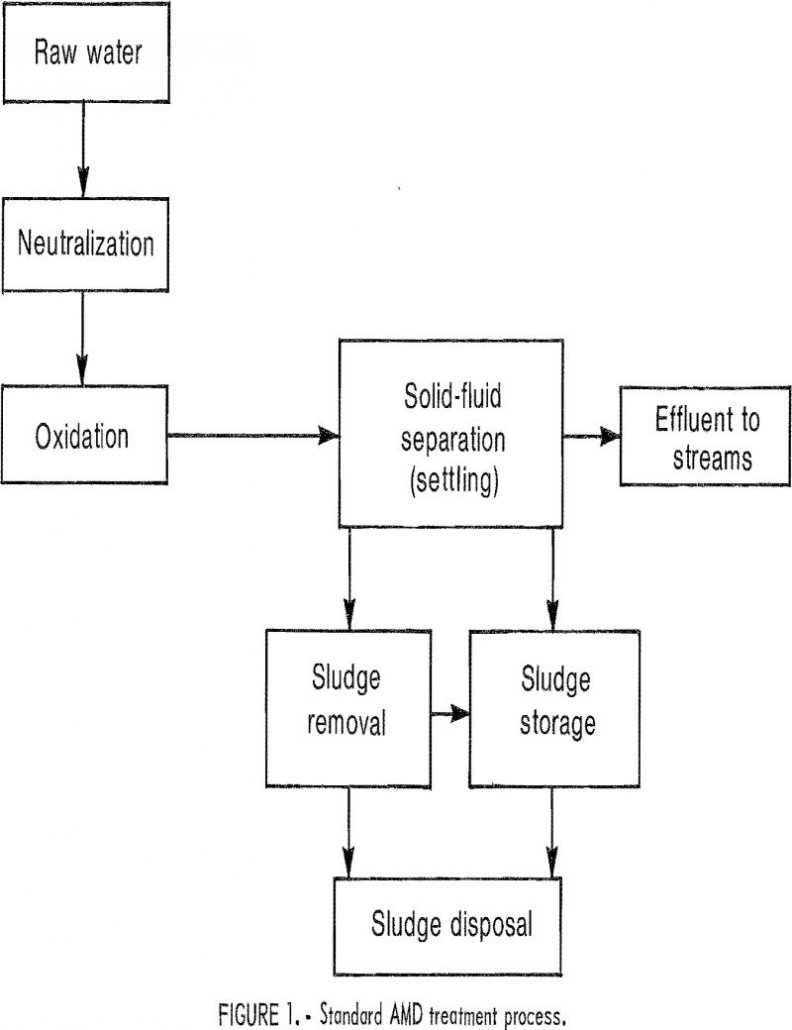
The technology of acid mine drainage (AMD) treatment has improved since the mid-sixties, and water pollution from active coal mining operations has been reduced considerably. Present treatment processes are designed to raise the pH of the effluent to within the range of 6.0 to 9.0 and reduce the total iron concentrations to less than 7 […]
Flotation of Rare Earths from Bastnasite Ore
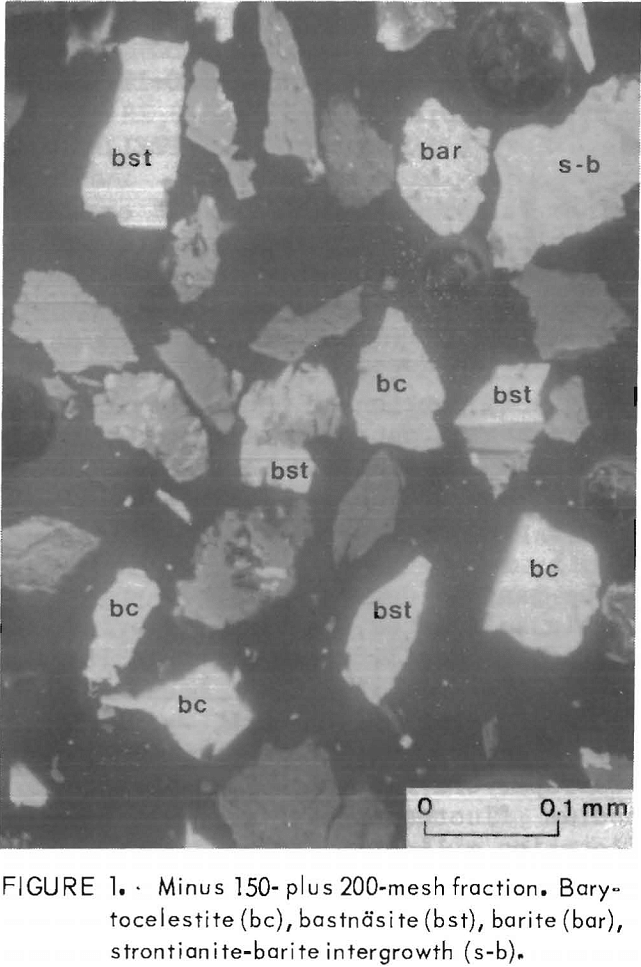
A large bastnasite deposit was discovered at Mountain Pass, Calif. Subsequent development of the deposit made the United States the world’s largest source of rare-earth minerals. Since then, bastnasite, a fluocarbonate of the cerium-group metals, REFCO3, has replaced monazite as the principal source of rare earths; in 1978 it accounted for more than half of […]
How to Identify Scrap Metals
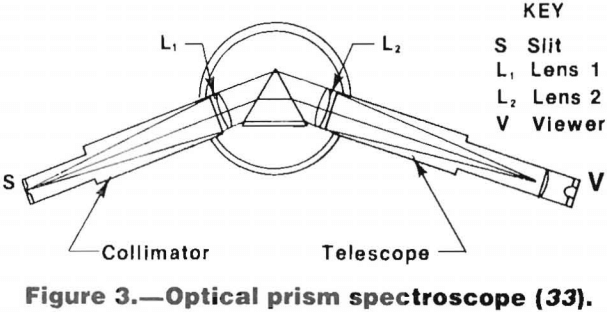
Large quantities of scrap metals are discarded each year by industry and householders; recycling of these materials results in conservation of dwindling domestic resources and helps ease U.S. dependence on imports. Substantial energy savings are also achieved by increased use of recycled material. In order for these scrap metals to be returned to those operations […]
Sand Bed Dewatering
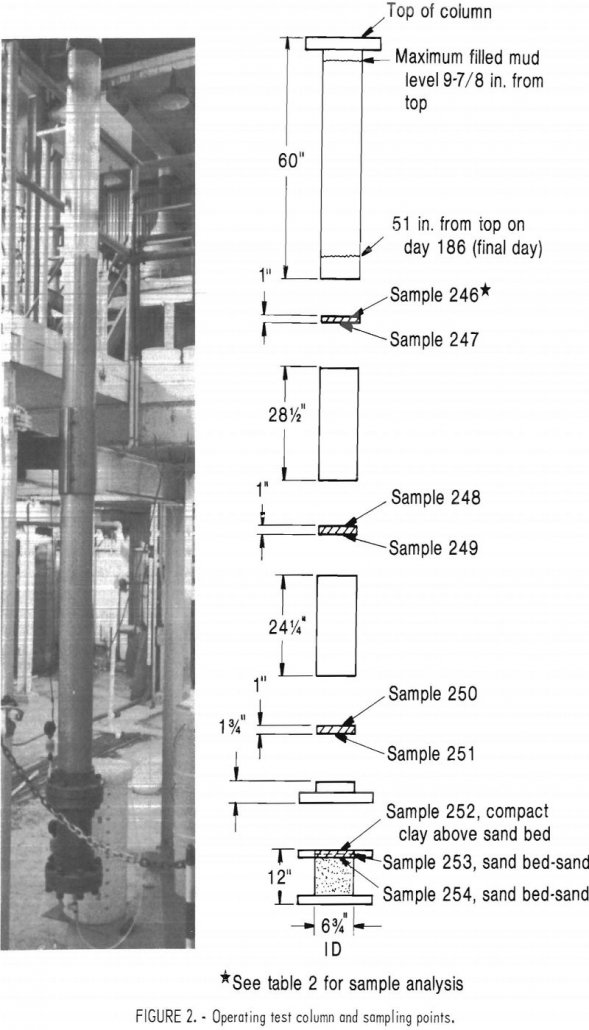
In 1979, as part of its minerals environmental technology research, the Bureau of Mines began a study of mine waste tailings disposal. Part of the investigation focused on evaluating the effectiveness of the sand bed dewatering technique on alumina miniplant tailings. Alumina wastes result from the hydrochloric acid extraction of alumina from nonbauxitic ores. These […]
Waagner-Biro ASL Liner System
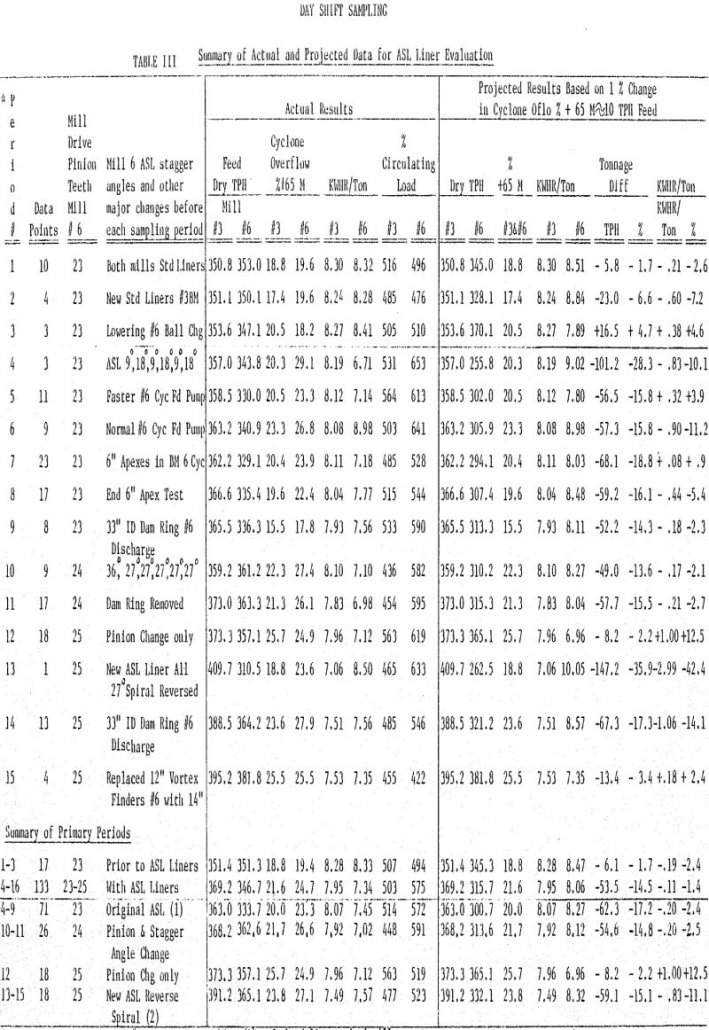
A unique type of grinding mill liner has been developed by Waagner-Biro A.G. of Austria. This liner system, termed an angular spiral lining (ASL), was successfully tested by Magma Copper Company’s San Manuel concentrator in both their 10 Ft x 10 Ft (3.05m x 3.05m) and 12 Ft, 6 In x 14 Ft (3.31m x […]
How to Treat Water Containing Cyanide
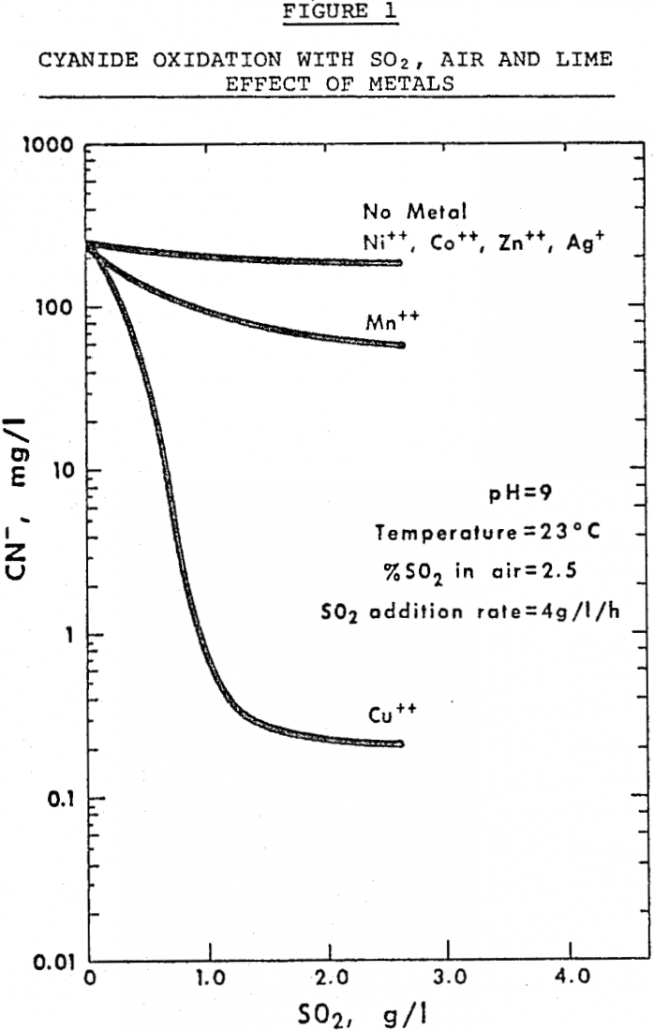
Metallurgical processes involving the use of cyanide such as gold cyanidation, metal plating and flotation, generate effluents containing cyanide and cyanide in complex combinations with heavy metals in quantities exceeding those regarded as being safe for discharge into streams. A new, inexpensive method for removal of cyanide, combined cyanide and related species from wastewaters has […]
Carbon-In-Pulp Process Examples
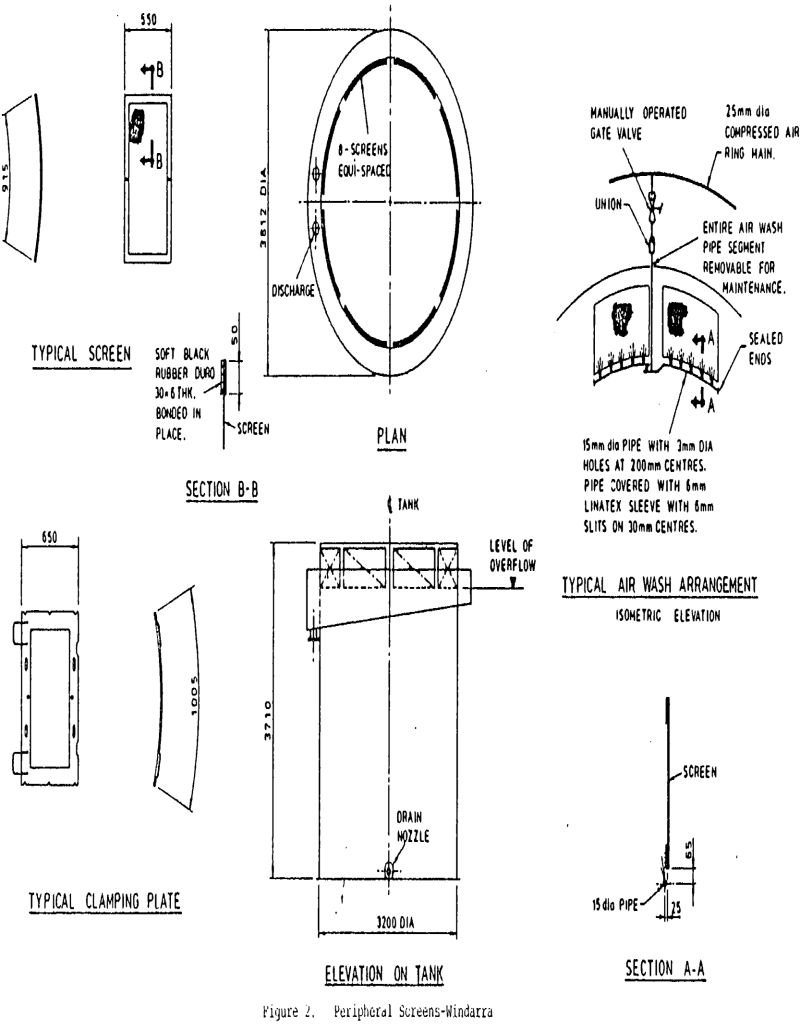
There are no major innovations in any of these plants. In fact, Australia is really only beginning to get started in CIP research and in process and design development. The plants described here have borrowed from technology, primarily in the United States and South Africa, and although the plants were carefully designed and based on […]
Swirl Flotation in Centrifugal Field by Air Sparged Hydrocyclone

The effects of operating variables on water transport to the overflow, classification of hydrophilic particles and the recovery of copper and molybdenum from a low-grade porphyry ore are presented. Recoveries of copper and molybdenum exceeding 90 percent at a grade of 8 percent Cu and 0.2 percent Mo were realized for minus 100 mesh (149 […]
Recover Rhenium by Solvent Extraction
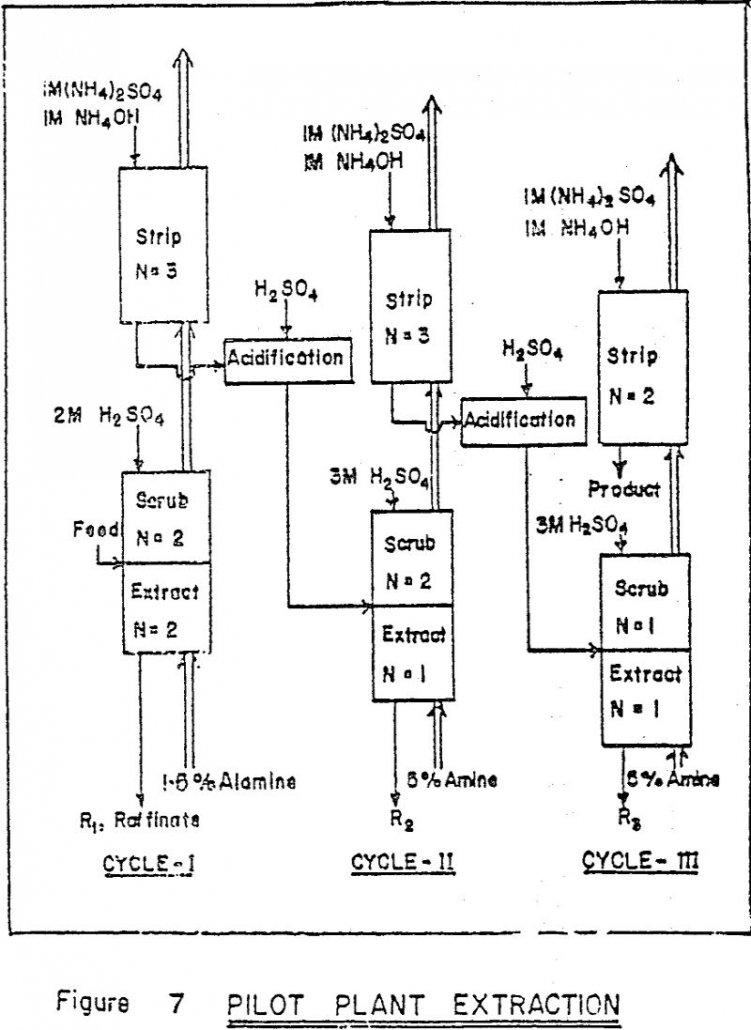
Rhenium is industrially recovered all over the world as a by-product of molybdenite processing. There are no separate deposits of rhenium minerals. Molybdenite concentrates, produced as co-products of porphyry copper deposits, contain 0.01 to 0.2% rhenium occuring as a substitutional impurity in the molybdenite lattice. Process Synthesis The solvent extraction process is integrated with other […]
Use Sodium Silicate as Dispersant in Selective Flocculation

In the upgrading of finely-disseminated iron ores, selective desliming is the critical step which must be controlled in order to achieve efficient flotation. A prerequisite for selective desliming is a properly-dispersed pulp; sodium silicate is commonly used as a dispersant. The mechanism by which sodium silicate acts as a dispersant in the presence of calcium […]
